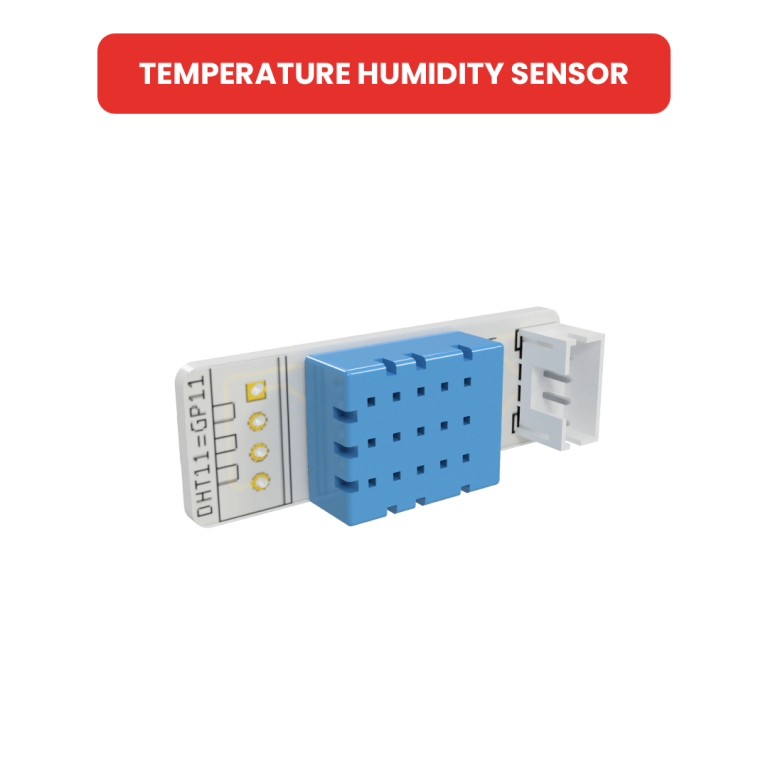Table of Contents
How does Temperature and Humidity Sensor Work?
Temperature and humidity sensors, crucial for environmental monitoring, function by measuring two key parameters: ambient temperature and moisture levels in the air.
These sensors utilize distinct principles for each measurement:
-
Temperature Measurement:
- Thermistors: Sensitive to temperature changes, they alter their electrical resistance with varying temperatures.
- Thermocouples: Produce a voltage that changes with temperature, used for a wide range of temperatures.
-
Humidity Measurement:
- Capacitive Sensors: Measure humidity by detecting changes in electrical capacitance due to moisture absorption.
- Resistive Sensors: Their electrical resistance varies with the moisture content in the air.
By combining these principles, temperature and humidity sensors provide accurate readings essential for applications like climate control, weather prediction, and industrial processes.
In Which Raspberry Pi and Arduino Iot Projects is Temperature and Humidity Sensor Used?
Temperature and humidity sensors are widely used in Raspberry Pi and Arduino IoT projects due to their ability to provide crucial environmental data. These sensors play an integral role in various applications, enhancing functionality and enabling intelligent decision making in diverse projects. Some common uses include:
Raspberry Pi Projects:
- Home Automation Systems: Managing heating, ventilation, and air conditioning (HVAC) to maintain comfortable living conditions.
- Weather Stations: Monitoring outdoor conditions to provide localized weather data.
- Agricultural Projects: Monitoring greenhouse conditions to optimize plant growth.
Arduino Projects:
- Environmental Monitoring: Tracking temperature and humidity in various environments like labs or warehouses.
- Smart Gardening Systems: Automating watering and climate control for plants based on environmental conditions.
- Health Monitoring Systems: In medical or fitness devices, ensuring the temperature and humidity are at optimal levels for health and comfort.
Here is a project where you can understand how the Heat and Humidity Sensor works
If ypu want test this sensor, visit us simulation page:
FAQ
What are the two types of humidity temperature sensors?
- Capacitive Humidity Sensors: Measure humidity based on changes in electrical capacitance caused by moisture absorption.
- Resistive Humidity Sensors: Detect humidity by measuring changes in electrical resistance due to moisture in the air.
What type of temperature sensor is best?
The "best" type of temperature sensor depends on the specific application requirements. For precision and wide temperature range, thermocouples are ideal. For stability and accuracy in moderate ranges, RTDs (Resistance Temperature Detectors) are preferred. For cost-effectiveness and simplicity, thermistors are a good choice.
Click for our best humidty and tempareture sensor.
How do use a DHT11 sensor?
To use a DHT11 sensor, connect its VCC to power, GND to ground, and the data pin to a digital GPIO pin on a microcontroller. Then, use a library specific to your microcontroller (like Arduino or Raspberry Pi) to read temperature and humidity data from the sensor.





